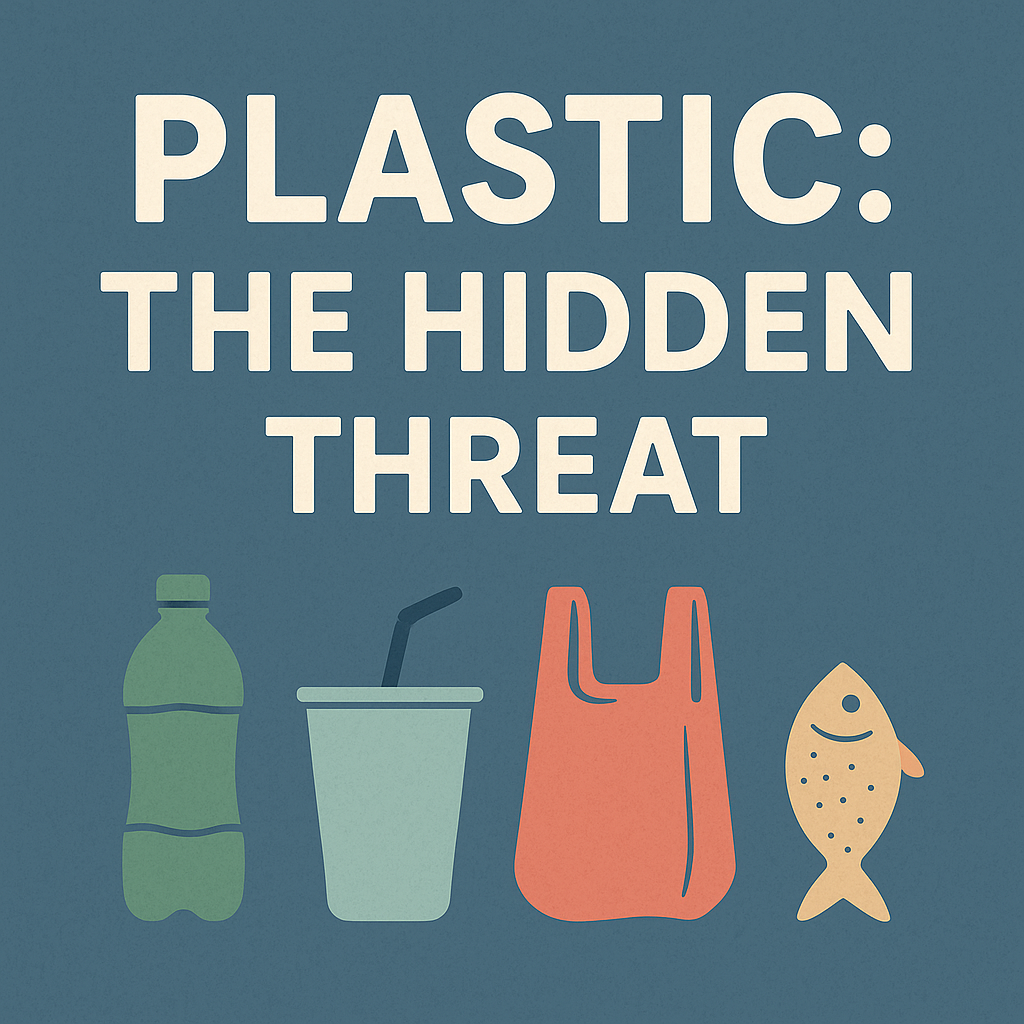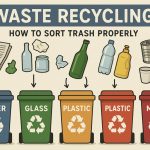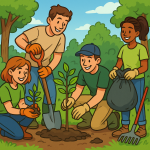Plastic is everywhere—from packaging and bottles to clothing and electronics. While it has made modern life more convenient, its environmental and health impacts are alarming.
Why Plastic Is a Problem
Most plastic does not decompose. It breaks down into tiny particles called microplastics and even smaller nanoplastics, which can stay in the environment for hundreds of years.
These particles have been found in drinking water, food, and even human blood. Nanoplastics are especially dangerous because they are small enough to enter human cells, potentially disrupting hormones, damaging organs, and increasing the risk of cancer and inflammation. Marine animals, birds, and even livestock are also affected by plastic pollution, often dying from ingesting plastic waste.
What We Can Do About It
1. Choose Reusables
One of the easiest steps is to replace disposable items with reusable alternatives. Carrying a reusable shopping bag, water bottle, or coffee cup helps reduce demand for single-use plastic.
2. Avoid Excess Packaging
Buy loose produce instead of plastic-wrapped items. Choose bulk goods and products in biodegradable or reusable packaging to avoid packaging waste.
3. Say No to Plastic Straws and Cutlery
Use metal or compostable alternatives. Many cities have already banned plastic utensils due to their role in harming wildlife and creating long-lasting waste.
4. Support Legislation and Brands
Choose companies that reduce plastic and support laws that improve recycling and restrict harmful materials. Your consumer choices shape the future.
5. Educate Others
Raise awareness about the hidden dangers of nanoplastics and the benefits of reducing plastic. Share facts online, host community events, or join eco-initiatives.
Glossary
- Nanoplastics – extremely small plastic particles (under 100 nanometers) that can enter living cells and disrupt biological systems.
- Microplastics – tiny plastic particles (under 5mm) formed as plastic breaks down in nature.
- Plastic pollution – environmental contamination caused by plastic waste.
- Reusable – products designed to be used multiple times instead of thrown away.
- Single-use plastic – plastic made for one-time use, like bags or straws.
- Packaging waste – discarded wrapping materials, usually plastic.
- Biodegradable – capable of breaking down naturally by bacteria or other organisms.
- Compostable – biodegradable under specific conditions, leaving no harmful residue.
- Recycling – process of converting waste into reusable material.


